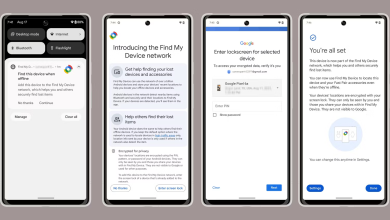Snapdragon 8 Gen 4 Could Reach a Whopping 4.3GHz on Each Big Core, Likely Won’t Happen Due to Efficiency Constraints

Qualcomm’s next flagship mobile SoC, the Snapdragon 8 Gen 4, is rumored to come with several upgrades and performance improvements over its predecessor, the Snapdragon 8 Gen 3. This year, Qualcomm will make a significant shift by switching from off-the-shelf ARM cores to its custom-designed Oryon cores.
Qualcomm’s Next Flagship Mobile SoC Could Match Clock Speeds to that of its High-Performance Laptop Processor
This transition to in-house cores grants Qualcomm greater flexibility in fine-tuning the chip’s performance and efficiency. While initial rumors suggested the Snapdragon 8 Gen 4 might be the first mobile SoC to break the 4GHz barrier, newer rumors hint at the possibility of it reaching a staggering 4.3GHz clock speed, which is notably on par with Qualcomm’s high-performance laptop processor, the Snapdragon X Elite.

In a previous report, we highlighted that due to Qualcomm’s decision to abandon low-power efficiency cores, it could potentially result in a TDP of nearly 14W, with each of the two L-cores (large cores) consuming up to 5.47W. This time, it is projected that each of these L-cores could escalate to 10W.
A Jump to 4.3GHz Would Likely Push TDP Numbers Through the Roof
Taking a step back and comparing this to the last-generation Gen 3 SoC, which operated at 12.7W, the 8 Gen 4 would elevate the TDP to a whopping 24-25W, marking a whole 100% increase in power consumption, draining the efficiency numbers right through the ground.
While an ideal scenario might involve heavily cooled custom water-loop setups in flagship phones from every manufacturer, the reality is that such solutions are highly unlikely and would require substantial investment in R&D. While we saw some cooling advancements in flagships like the Samsung Galaxy S24U, it’s still insufficient to consistently handle such high power demands.

Therefore, Qualcomm will likely need to significantly reduce the frequency of the Snapdragon 8 Gen 4. The ideal number being discussed within the community is 3.8GHz, which aligns with the default clock speed of the Snapdragon X Elite and the maximum boost clock of the Apple A17 Pro.
This is all we know for now, but rest assured that we will keep you updated as new information becomes available.
via: Nguyen Phi Hung on X





